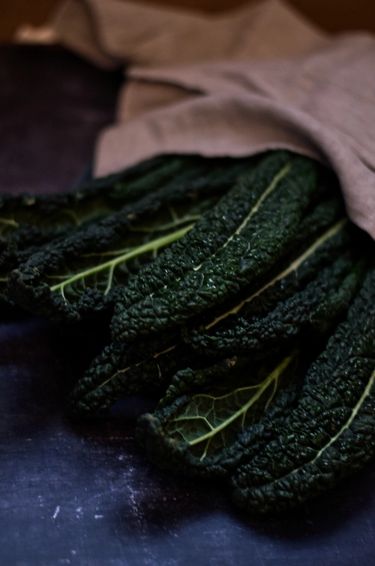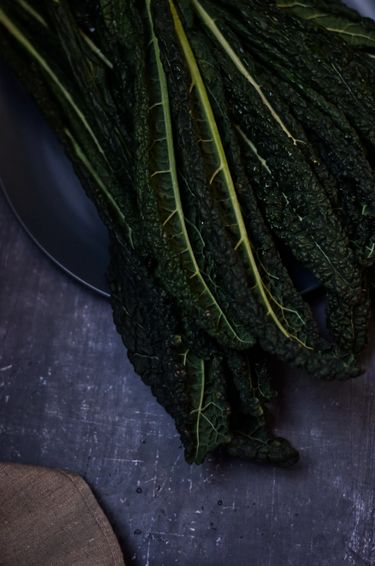If you enjoy this article, or any other content from this website, please subscribe to the newsletter. Your support can make a big difference!
Kale, Kale, Kale, what's the deal?
I remember when Kale became fashionable. I was certainly intrigued, knowing that it had won the title of superfood. But as I read on, I learnt that its texture was well, particular.
Nevertheless, I egged on. Cooked it in several ways, several times. And this superfood no longer intimidates.

What is Kale Good For?
Well, Kale is good for every part of your body. Your skin, your hair. You name it.
This nutrient-rich food has more Vitamin C than ORANGES!!
It's also packed with other Vitamins such as Vitamin A, B, and K, as well as antioxidants and phytonutrients. Between all of these things, the leafy green tightens pores, reduces dark circles, promotes collagen production, increases cell turnover, prevents free-radical damage, and detoxifies the skin.

What is the Best Way to Eat Kale?
There is no best way. This all-powerful and mighty leafy green vegetable can be blended in smoothies, baked into kale chips, pan fried, raw or added to desserts. Just make sure not to over-cook it as it will begin to lose its nutrients.

7 Fun Facts About Kale
Here are 7 fun facts about kale! Hooray!
- Turn that frown upside down. Kale is an amazing source of carotenoids, which are linked to one’s level of optimism.
- One cup of chopped raw kale provides more than 100 percent of the recommended daily amount of vitamins A and K.
- It’s older than Moses…well, almost. People have been growing this leafy green for more than 2,000 years. It dates back to the Roman times and Middle ages.
- Carrots aren’t the only vegetable that help us see things clearly. Kale contains lutein which helps to keep eyes and vision healthy.
- Lactose intolerant? One serving of kale has more absorbable calcium than a small carton of milk.
- A kale plant continues to produce late into winter and, it becomes sweeter, the colder it gets. Unlike me.
- Many types of kale are simply inedible and can be used as ornaments instead.

